Do Fleet Wraps Protect Vehicle Surfaces?
Maintaining a strong brand identity has never been as important in today’s fast-paced, dynamic business landscape. With fleet wraps, both small and...
12 min read
Craftsmen Industries Oct 31, 2025 2:48:17 AM
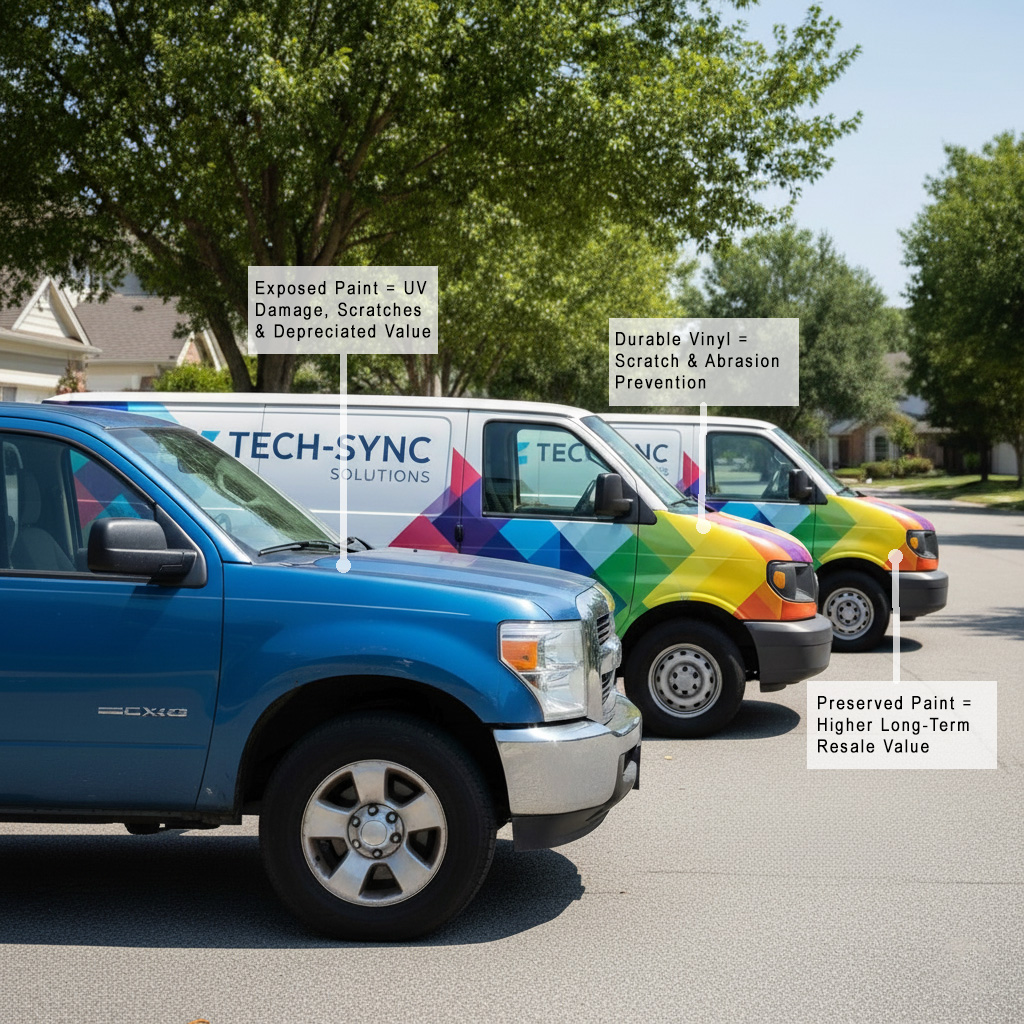
ach mile on the road exposes your fleet to sun, debris, and harsh weather. A high-quality fleet wrap helps preserve your vehicle's resale value by shielding the factory paint from fading, scratches, and corrosion. It forms a durable, removable layer that keeps every vehicle looking clean and well-maintained for years to come.
According to the American Automobile Association (AAA), corrosion from road de-icing salts costs U.S. drivers more than $3 billion yearly. This is a stark reminder of how environmental exposure can quietly erode appearance and resale value if left unprotected.
Read on to discover how protective wrapping can extend your fleet’s life and safeguard its value from day one.
A vehicle's worth isn't just measured by the miles it's driven. It's judged by the condition it's kept in and the story its surface tells the next owner.
This isn't just perception; research published in the Journal of Insurance Regulation found that vehicles with visible repair or accident histories can lose between 10 to 20 percent of their value due to "inherent diminished value,” even when fully repaired. In other words, preserving the original, undamaged exterior isn't cosmetic, it's financial protection that directly impacts resale price.
Resale value isn't just a number pulled out of thin air; it's the direct result of how well a vehicle is maintained, its appearance, and its performance. Whether you're offloading a single service van or retiring an entire fleet, the condition of the vehicle's exterior is one of the first things a buyer will notice, and it's often what determines whether they're willing to pay top dollar or negotiate a lower price.
So what really influences resale value? Here's a breakdown:
In the commercial world, vehicles take a beating. Every scrape and sunbeam leaves a mark, from job sites to delivery routes. Buyers don't just see a work vehicle; they see either a potential risk or a well-kept asset. If the exterior is spotless, they assume the rest was handled with the same care.
That's where fleet wraps come in. They create a layer of visual and physical protection that preserves the original finish and instantly boosts appeal when it’s time to sell. A pristine, well-presented vehicle doesn't just look better; it commands more dollars, faster.
Wear doesn't wait. When a vehicle leaves your lot, external factors begin to work against its appearance and long-term value.
When it's time to offload a vehicle, buyers begin their assessment with a visual inspection. They immediately assume the vehicle has been neglected if they see dull paint, scratches, rust spots, or faded decals. It does not matter how well it runs if it looks tired. Visible wear of this kind lowers trust and opens the door to price negotiations. Poor presentation not only slows down the sale but can also shave thousands off your return.
Fleet wraps help you avoid all of this. Applying a vinyl wrap early in the vehicle’s life adds a durable layer of protection that shields the original paint from daily wear and tear. Instead of repainting, you simply remove the wrap when it’s time to sell. What you uncover is a clean, glossy surface that looks far newer than the odometer suggests. Buyers see a well-maintained vehicle and feel more confident paying a premium.
According to 3M's official Product Bulletin 2080, the Wrap Film is specifically engineered for use on standard OEM vehicle paint. When properly applied and removed, it provides multi-year durability and clean removability within the warranty period.
Yes, fleet wraps provide an extra layer of protection against UV damage and road salt corrosion. They help maintain the paint's condition, regardless of the climate, and in doing so, bolster the resale value over time. The Transportation Research Board’s report on the effects of road salt notes that salt and chloride deicers accelerate both cosmetic and structural corrosion on vehicles, with salt exposure often being the "single largest component" of corrosion damage to body panels, trim, and coatings. By blocking direct contact, a properly installed wrap helps mitigate those corrosive pathways and slow degradation of the underlying paint system.
Fleet wraps do more than just advertise your brand; they also physically protect your vehicles from the daily wear and tear of the road. When applied correctly using premium vinyl, a fleet wrap serves as a reliable buffer between your vehicle's factory paint and everything that tries to damage it. From highway grit to nature's elements, a well-installed wrap takes the hit so your paint doesn't have to.
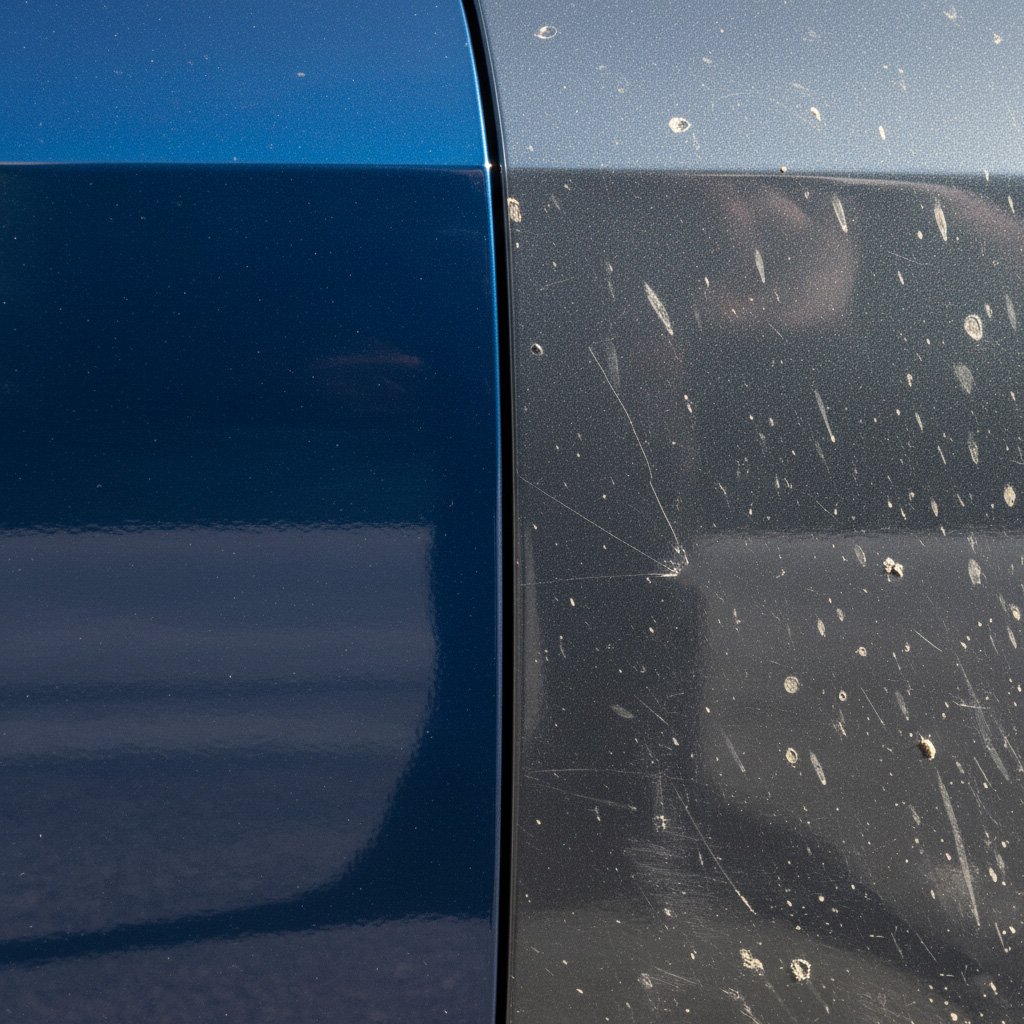
On any given day, fleet vehicles encounter rocks, gravel, salt, and other debris kicked up from the road. These tiny projectiles can easily chip or scratch unprotected paint. Over time, these micro-damages accumulate, resulting in exposed metal, rust, and a prematurely aged appearance. Fleet wraps provide a smooth, flexible surface that absorbs these impacts and protects the underlying material. Even in high-impact areas like bumpers or fenders, the wrap helps minimize direct damage and maintains a professional, clean look for longer.
Whether it's tree branches, shopping carts, or equipment being loaded and unloaded, commercial vehicles are prone to surface scratches. A wrap adds a protective skin that resists minor abrasions. While it's not bulletproof, it does prevent most cosmetic surface damage that would otherwise ruin the paint and diminish resale value. And if a section of the wrap is damaged? It's easy and affordable to replace just that part; no need for an expensive full repaint.
When combined, these benefits make wraps a long-term investment in the condition of your fleet. Instead of watching your vehicles lose visual value year after year, you're actively preserving their appearance. And when they exit the fleet, you're not forced to pour time or money into reconditioning. Clean, undamaged vehicles attract more buyers and higher offers, and a well-maintained wrap helps you achieve just that.
Not always. Even partial wraps can protect high-risk areas, such as hoods, bumpers, and side panels. Strategic coverage can still help maintain the vehicle's appearance and value over time.
Weather can be one of your fleet's greatest enemies. Rain, snow, heat, and even wind carry elements that accelerate exterior damage over time. Without protection, your vehicle’s paint, metal, and decals are left exposed to the full impact of seasonal wear and tear. Fleet wraps act as a year-round weather shield, helping to extend the life and resale value of your vehicles, regardless of the climate in which they operate.
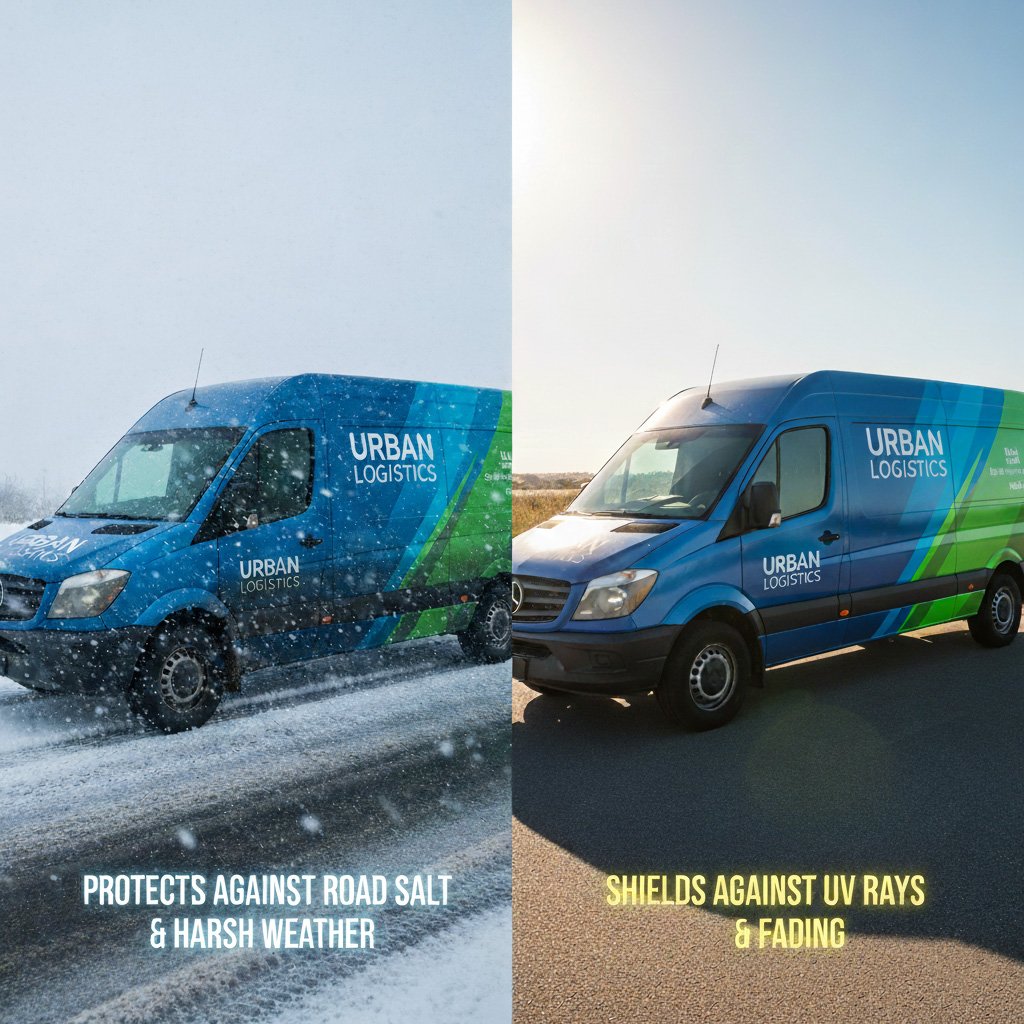
Moisture is the silent destroyer. When rain or snow sits on a vehicle's surface, especially in chips or scratches, it seeps through and causes rust. In winter, things get worse. Road salt eats away at exposed metal, quickly corroding undercarriages, wheel wells, and side panels.
Fleet wraps create a sealed outer layer that blocks water and salt from reaching the paint. They're especially helpful in colder climates where roads are treated for ice, or in coastal areas where salt air speeds up corrosion. A wrap not only keeps moisture out but also prevents damage from ice scraping or deicing chemicals used during snowstorms.
In hot regions, sun exposure causes paint to oxidize, fade, and crack. Even newer vehicles can show signs of UV damage within just a few years. Vinyl wraps contain heat- and UV-resistant properties that shield against these elements. They reduce surface temperature, minimize paint stress, and help maintain the original gloss and color beneath the surface. This is especially important for businesses operating in the South, Southwest, or at high altitudes with intense sun exposure.
Beyond moisture and UV rays, wraps also stand up to dirt, pollen, acid rain, bird droppings, and tree sap, all of which can stain or damage paint over time. The smooth vinyl surface makes it harder for these contaminants to stick and easier to clean them off without using harsh chemicals. This not only preserves the finish but also reduces the need for frequent reapplication of detailing products.
Waxes, ceramic coatings, and sealants offer some weather resistance, but they wear off, require frequent reapplication, and still leave paint vulnerable. Wraps provide a more durable and longer-lasting solution. Once installed, a high-quality wrap can provide reliable weather protection for up to 7 years with minimal maintenance. That kind of protection isn't just beneficial for resale value; it's also beneficial for your brand image on the road.
Yes, over time, extreme conditions can cause wear, but high-quality wraps are engineered to resist fading, cracking, and peeling for several years with proper care and maintenance.
Your vehicle's original paint is more than just a clean finish. It is a factory-grade coating that plays a big role in long-term value and buyer confidence. Once it shows signs of damage or has been repainted, that value drops, regardless of how well the vehicle runs. Keeping the OEM finish in top condition is key to maximizing resale, and a fleet wrap is one of the most effective ways to achieve this.
OEM paint signals a clean history. For most buyers, especially those purchasing at auctions or dealerships, this indicates that the vehicle has not been involved in an accident, has not undergone major bodywork, and has likely been well-maintained. It also ensures consistent color matching, improved durability, and eliminates the risk of hidden issues under new layers of paint.
Vehicles with their original finish stand out. They are easier to trust, inspect, and sell. Paint repairs and mismatched panels raise questions. A clean, untouched surface does the opposite; it builds confidence and increases perceived value.
A fleet wrap is like a protective film. It sits over the OEM paint and protects against road debris, UV rays, scratches, and other hazards. Meanwhile, the paint underneath remains untouched, there is no sun fade, oxidation, random nicks, or scuffs. It stays sealed in and protected.
Peer-reviewed research published in Wear shows that solid-particle impacts significantly degrade automotive paint layers over time, particularly clearcoats, supporting the role of external protective films in reducing surface erosion and maintaining coating integrity.
When you remove the wrap after a few years, the surface underneath often looks as good as it did the day it was wrapped. That matters when it is time to resell. A clean, original finish helps your fleet vehicle stand out in a crowded market and often commands higher prices with less time spent on prep.
One of the common concerns about wrapping is whether it harms the paint. The answer is no, as long as the wrap is installed and removed by professionals and within its recommended lifespan. High-quality vinyl is designed to peel off cleanly, leaving no adhesive behind or pulling up paint.
That is why partnering with experienced wrap providers is essential. With the right materials and skilled application, you can protect the vehicle's value without risking damage to the finish underneath.
Yes. When applied and removed properly, high-quality vinyl wraps come off cleanly, leaving the original paint intact, even after years of use.
Protecting your fleet should not come with a massive price tag. Between repainting, detailing, and cosmetic repairs, vehicle upkeep can quietly drain your budget over time. Fleet wraps offer a practical alternative that saves money while extending the life and value of your vehicles. It's an upfront investment that pays off every mile down the road.
Repainting a commercial vehicle is expensive. A standard paint job can start at $2,500 and increase significantly for larger units. Add body prep, color matching, and downtime; the costs can escalate quickly. By comparison, a high-quality wrap costs less, requires no downtime for curing, and lasts up to seven years with proper care.
More importantly, a wrap can be removed when you're ready to update branding or prepare the vehicle for sale: no sanding, no overspray, and no surprise expenses. Just peel, clean, and list it.
Fleet wraps are low-maintenance by design. Their smooth surface makes it harder for dirt and grime to stick, reducing the need for constant washes and detailing. You don't need waxes or specialized cleaning chemicals either. Regular washing with mild soap and water is usually enough to keep the wrap looking sharp.
This reduction in upkeep translates to long-term savings in both labor and materials. You spend less time maintaining your fleet's appearance and more time keeping it on the road.
Today's wraps are engineered for durability. Quality vinyl from top brands is resistant to fading, cracking, and peeling. They withstand harsh weather conditions and heavy-use environments. Some fleet wraps stay intact and vibrant even after years of daily driving. You can expect your wrap to protect the vehicle throughout its entire fleet lifecycle with proper installation and care.
This kind of resilience is what makes wraps one of the most intelligent protective choices in fleet management. They offer more than cosmetic value; they deliver cost control, consistency, and long-term performance without the recurring expense of traditional methods.
Yes. Fleet wraps offer longer-lasting protection with reduced maintenance costs, making them a more budget-friendly solution throughout the vehicle's lifespan.
Your fleet isn't just a mode of transportation. It's a moving advertisement that directly reflects your company's professionalism. Every vehicle's clean, consistent look reinforces trust and makes your business more recognizable. Fleet wraps allow you to achieve visual unity without making permanent changes to the vehicle's body.
According to AP News, vehicle wrapping offers a way to customize exterior appearance while preserving the underlying paint, a key advantage for resale and flexibility.
Fleet wraps enable you to showcase your brand across your vehicles in a bold, eye-catching manner. Logos, contact info, messaging, and visuals can all be printed directly on the wrap. But unlike paint or decals, wraps can be removed or replaced without damaging the surface underneath.
This gives your business full creative freedom without committing to permanent modifications. If your branding evolves or you launch a new service, the wrap can be updated quickly without disrupting operations or affecting the resale process later on.
One of the most significant advantages of fleet wraps is that they are not permanent. When the vehicle is retired, sold, or reassigned, the wrap can be removed cleanly and easily. There is no ghosting, paint shadowing, or residual adhesive, just a clean, original surface underneath.
This makes fleet wraps ideal for leased vehicles as well. Since wraps do not violate paint warranties or alter the original finish, they are widely accepted by lease return inspections and often help avoid end-of-term penalties.
Uniform, professionally wrapped vehicles make a strong impression. A sharp design adds credibility, whether your fleet is parked at a client site or moving through a busy intersection. People notice well-branded vehicles and associate them with established, trustworthy businesses.
Best of all, you get these benefits without compromising the resale potential. Once the wrap is removed, the vehicle returns to a clean, neutral appearance, ready for resale, auction, or lease return without any complications.
Yes. Wraps can be partially or fully replaced at any time, allowing for branding updates without affecting the vehicle's paint or overall condition.
Not all fleet managers fully understand how wraps affect resale value, and that misunderstanding can lead to missed opportunities or costly mistakes. Clearing up common myths can help protect your investment and make better resale decisions across your fleet.
One of the most persistent myths is that wraps can peel off paint or leave behind residue. This issue typically occurs when low-quality vinyl is used or when the wrap is removed incorrectly. With professional installation and removal, wraps actually protect the paint, keeping it in better shape for resale. When applied to a clean surface and maintained properly, wraps help preserve the OEM finish, not harm it.
Some assume that buyers might shy away from vehicles that have been wrapped, thinking it hides damage or wear. The reality is quite the opposite. A wrap often indicates that the owner took extra steps to protect the vehicle's exterior. When the wrap is removed to reveal clean, undamaged paint, buyers are usually more confident, not less.
While many use wraps for branding, that's only part of the story. Wraps are functional; they defend against environmental damage, surface scratches, and fading. Viewing wraps only as marketing tools overlooks their real utility in preserving appearance and improving resale outcomes.
Understanding the truth behind these misconceptions can help you make more informed decisions, avoid unnecessary reconditioning, and maximize the value of every vehicle when it's time to sell.
Yes. Transparency builds trust, and most buyers will view wrapping as a positive sign of preventative care, especially if the paint beneath is in excellent condition.
Your vehicles carry more than goods; they represent your brand and your investment. Preserving that value starts with proactive protection. Fleet wraps shield factory paint from UV rays, corrosion, and debris, keeping vehicles looking newer for longer and helping them command higher resale prices.
By preventing costly repainting and maintaining a consistent, professional appearance, wraps become more than a marketing tool; they’re a smart, long-term asset protection strategy. To keep your fleet protected, polished, and profitable, contact Craftsmen Industries today and learn how our expert wrapping solutions can help you preserve value with every mile.
Yes, but it’s best to repair noticeable defects first. Wrapping over minor decals or blemishes works, but buyers may still detect inconsistencies underneath if the lighting is strong. Fixing obvious issues before wrapping ensures a smoother wrap and a more convincing “untouched” look when the wrap is removed.
Absolutely. Leaving a wrap on well beyond its recommended lifespan increases the risk of adhesive breakdown, edge lifting, or color shift. Removing it at the optimal time helps avoid stale adhesive marks or vinyl staining, preserving the original paint more safely.
Frequent temperature swings cause expansion and contraction of both vinyl and paint. A quality wrap absorbs many of those stresses, reducing microcracks or stress marks in the paint underneath. This protection becomes especially valuable in regions with extreme seasonal changes.
With high-grade vinyl and proper installation, discoloration is rare. Cheap wraps or inferior adhesives might leave a tint, especially under long sun exposure. Using premium materials and ensuring good ventilation during installation helps prevent color transfer or staining to the original paint.
Sometimes. If the wrap is still under warranty, that can be a selling point; new owners may benefit from the remaining coverage. It adds perceived value and assurance that the wrap (and, by extension, the paint) was kept in good condition.
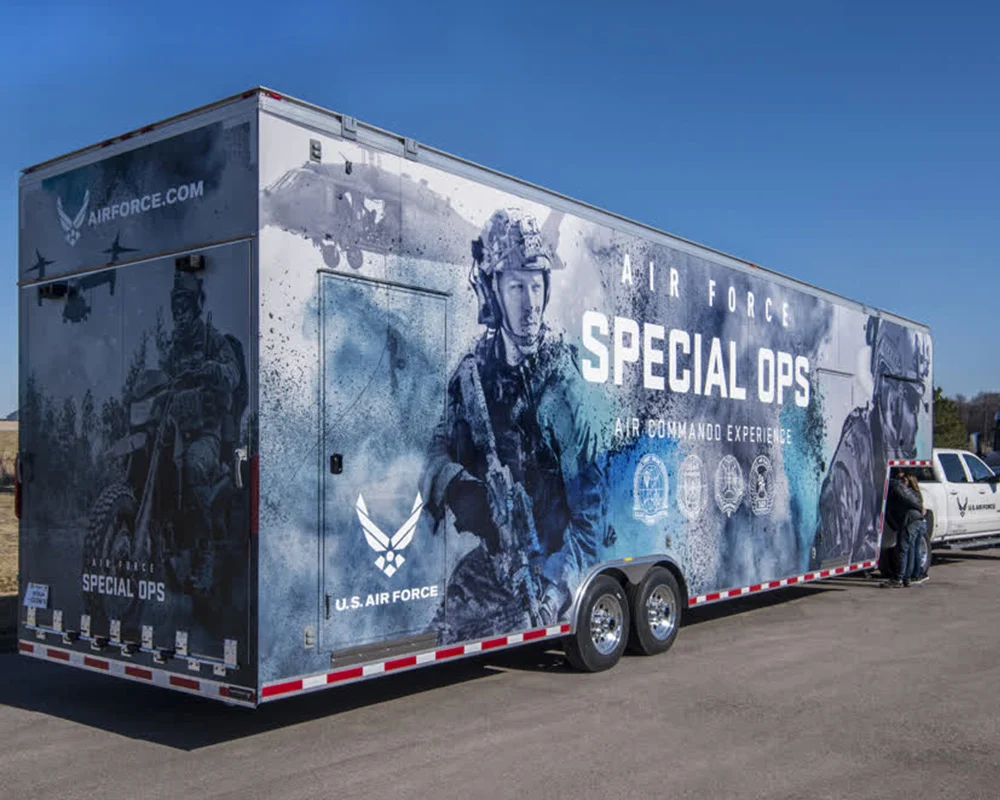
Maintaining a strong brand identity has never been as important in today’s fast-paced, dynamic business landscape. With fleet wraps, both small and...

Vehicle graphics are a fantastic way to market your brand while conducting business on the go. Their biggest benefit is that you can swap them out...
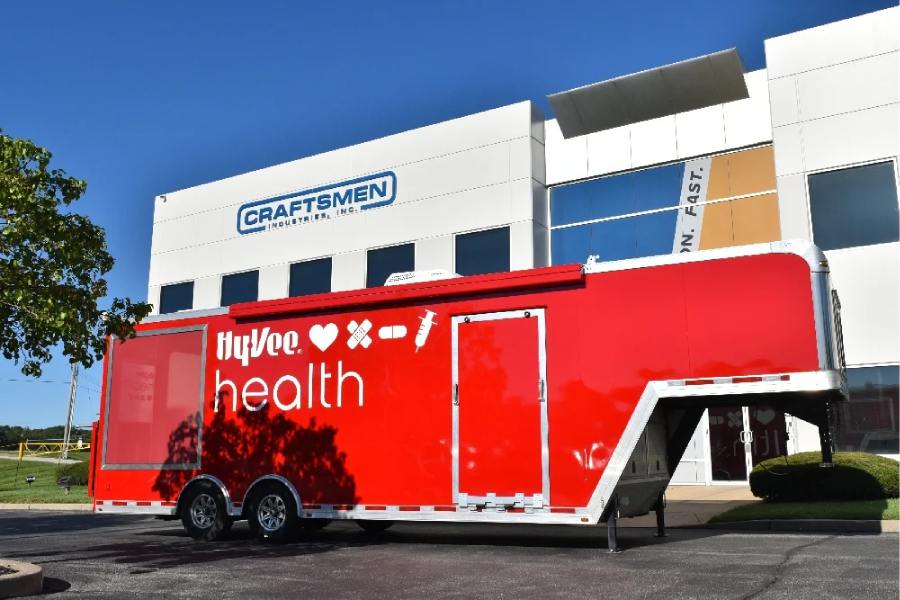
All medical facilities must adhere to government safety regulations. If your healthcare facility is considering expanding its services, you might...